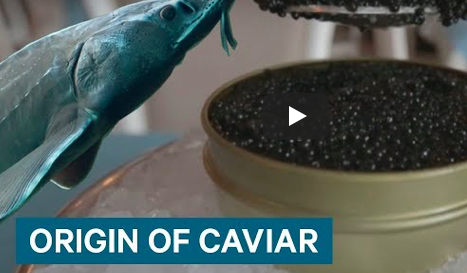Caviar is one of the most expensive foods in the world. Selling for up to USD$35,000 per kilo, (NZ$48,00) it’s revered and relished by aristocrats across the globe. But it’s an acquired taste.
Turns out, caviar wasn’t always so valuable. In the 19th century, sturgeon species in the US were so common that there are accounts of caviar being offered in saloons for free, like nuts in a bar. In Europe, fishermen were feeding the eggs to their pigs, or leaving it on the beach to spoil.
What changed? Similar to true champagne, caviar doesn’t come from just anywhere. This, for example, is not caviar. To get the real thing, it has to be eggs from a sturgeon. There are 27 species around the world in North America, Europe, and Asia.
It wasn’t until around the 20th century when these freshwater fish and their eggs became a rare commodity. Pollution poisoned their waters and dams blocked their spawning grounds upstream. They had nowhere to reproduce and continued to be overfished for their meat and roe. On top of that, it takes 8-20 years for a female to sexually mature, depending on the species. She can produce millions of eggs at a time, but odds are that only one will survive to adulthood.









Join the Discussion
Type out your comment here:
You must be logged in to post a comment.